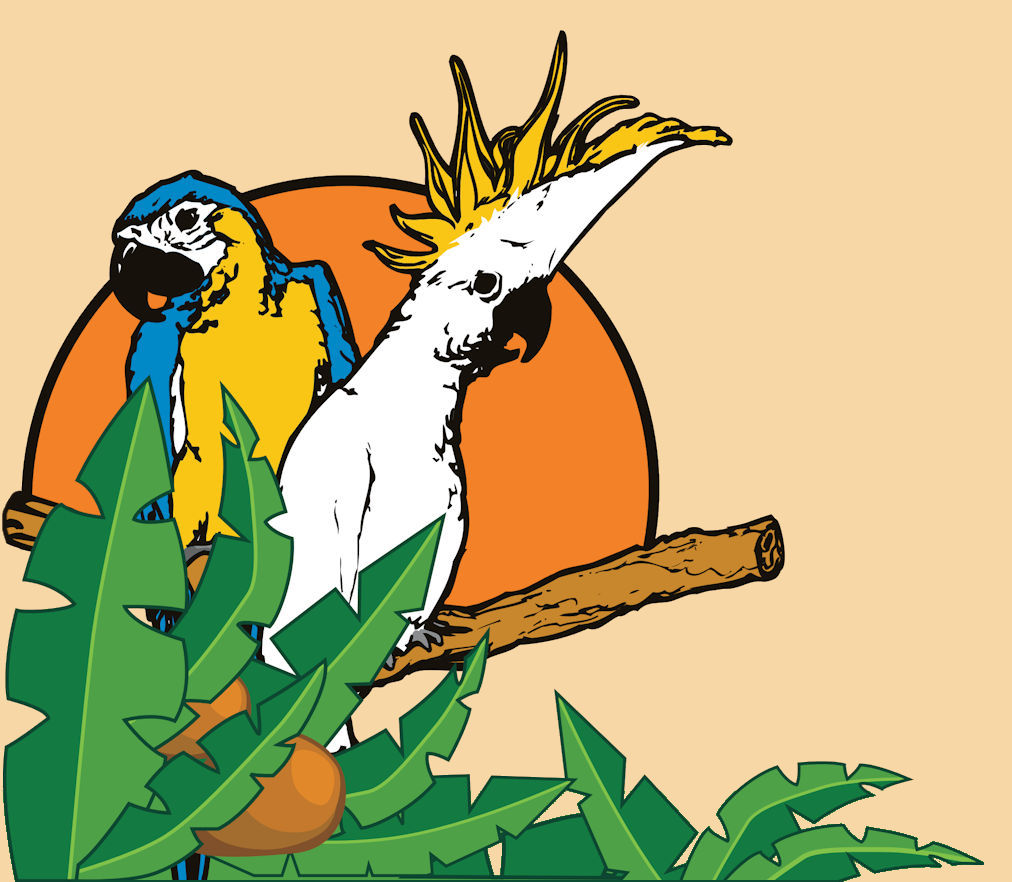Halfmoon conures are small conures from Mexico to Central America, ranging from 8.5 to 9 inches overall. While similar in size to Greencheek conures, they look quite different. In fact, they look very similar to Peach-fronted conures, but you will notice a variation in their beak color. Halfmoon conures will have a tan colored upper mandible (like a crescent moon!), and the Peach-fronted conures have all black beaks.
Although primarily green- they have a striking orange cap and shades of blue on the head, tail, and on the primary feathers of their wings. The males and females will look similar and a DNA test is recommended to determine gender.
In general, conures are not known for their talking ability, but these small conures can pick up a medium-sized vocabulary. They are also playful, curious, and interactive with their owners. When excited, they can make loud noises but they are not typically as loud as the larger Aratinga conures such as Sun conures, or Jenday conures.
The lifespan of a Halfmoon conure is approximately 24-30 years. They should be fed a pellet-based diet along with a variety of fresh fruit, vegetables, and seeds as treats.
